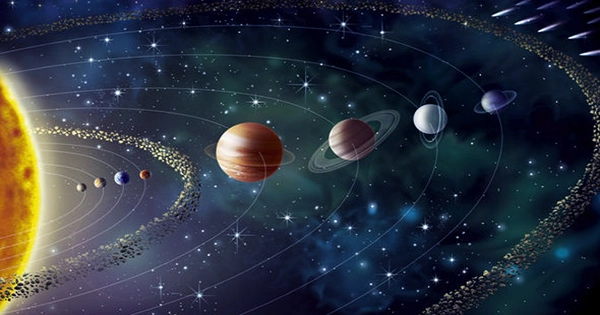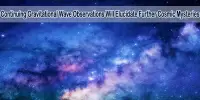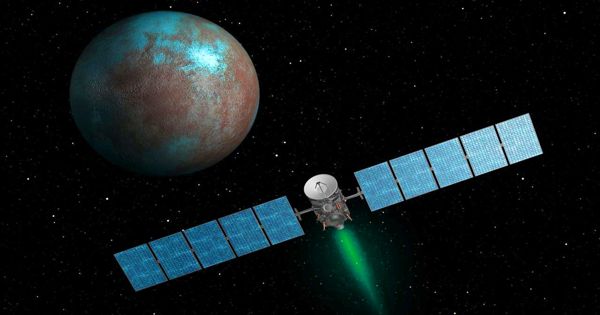Finding chemical evidence of life in the atmospheres of exoplanets offers the best chance of discovering life on extraterrestrial worlds not by listening for coded communications or visiting far-off stars. This long-sought accomplishment is sometimes considered to be beyond the capabilities of our present observatories, but a recent study contends that the James Webb Space Telescope (JWST) is capable of achieving it.
Most of the exoplanets we’ve discovered so far have been found by the transit method. From our vantage point, this is when a planet appears to pass in front of its star. Although we are unable to see the planet directly, we can see a slight decrease in the star’s brightness. The presence of a planet is indicated by a regular pattern of brightness dips in the stars that we observe throughout time.
The star dips in brightness because the planet blocks some of the starlight. However, if the planet has an atmosphere as well, some light will pass through it before it reaches Earth.
Certain wavelengths will be absorbed, creating absorption spectra within the starlight’s spectrum, depending on the chemical makeup of the atmosphere. The transit method can theoretically be used to assess a planet’s atmospheric composition because humans have long been able to distinguish between atoms and molecules by analyzing their absorption and emission spectra.
While the idea is straightforward, putting it into practice is difficult. For one, starlight isn’t just a steady stream of light. There are flares, starspots, and other turbulence that causes noise in the signal. Even just detecting planetary brightness dips is difficult because of this.
And even though a planet will only block a small fraction of the light, the quantity of starlight that really passes through the atmosphere of an exoplanet is incredibly little. To detect air spectra, numerous transits with incredibly thorough spectra measurements would be required.
This has been done with a few exoplanets, but those were huge gas planets with thick atmospheres, therefore the water and organic chemical detection was done for those. We haven’t been able to do this with rocky Earth-like worlds.
Our telescopes just aren’t sensitive enough for that. But this new study, available on the arXiv pre-print server, shows that the JWST could detect certain chemical biosignatures depending on their abundance in the atmosphere.
A super-Earth, an ocean world, a volcanically active world, a rocky world during the heavy bombardment period, and an Earth-like planet when life first appeared were the five major categories of Earth-like worlds for which the researchers created atmospheric simulations.
They estimated the absorption spectra for many chemicals created organically, including methane, ammonia, and carbon monoxide, under the assumption that the surface pressure of each of these worlds was less than five Earth atmospheres. Although these molecules can also be created using non-biological means, they serve as a useful starting point and proof of concept.
They found that with a reasonably thick atmosphere, the JWST, specifically its NIRSpec G395M/H instrument, could confirm the presence of these molecules within 10 transits of the planet. It is still feasible for possibly habitable worlds, however it would be simpler to do so with super-Earths and other planets with a thick atmosphere.
Given the required number of transits, the closest planets to red dwarf stars, such as the Trappist-1 system, which includes a number of potentially hospitable Earth-sized planets, represent our best chance of finding biosignatures with JWST.
This study demonstrates that we are extremely close to being able to affirm the presence of life, even though JWST data would not be sufficient given the overlap between biological and non-biological sources.
















